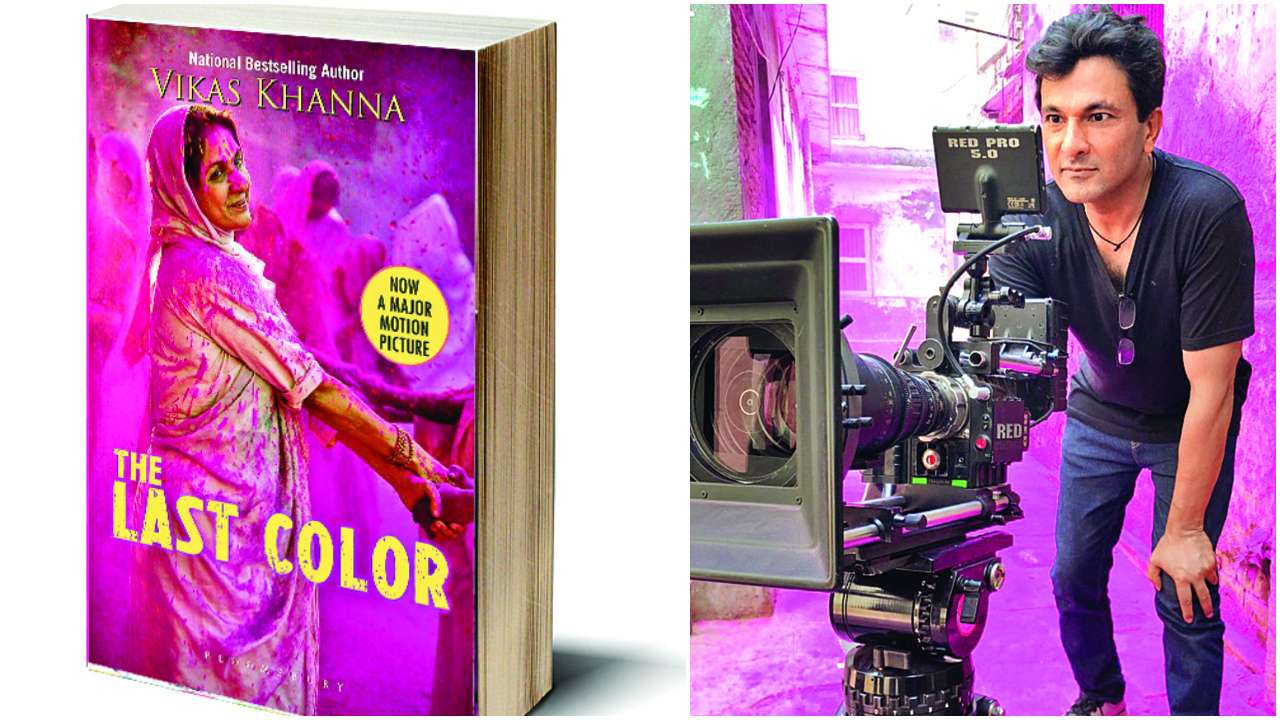
He's a celebrity chef and also the author of a few books for children. And now Vikas Khanna has stepped into new territory with his first novel The Last Color. The story, initially rejected by publishers as 'unreal', is also now a film starring Neena Gupta. In a telephone interview, Vikas Khanna speaks about the journey of the book.
Edited excerpts:
There was no plan. I promised myself that I would write 50 books in my lifetime but thought they would mostly be about food... But this story was so compelling.
I was shooting for my book Utsav at Bankey Bihari Temple in Vrindavan during Holi. We were all drenched in colours but when we were coming out of the temple, I saw a line of women with no colour on them at the ashram and looking at the celebration. I felt ashamed that the taboo on widows playing Holi existed even in 2011. That same night, I had a flight to New York from Delhi and a shoot the following morning but I couldn't sleep. I wrote the story in those 10-11 hours of the flight.
I didn't want a sad ending so I imagined those widows standing up and playing Holi with the whole world watching. But the story got rejected, both in the US and Europe, for being 'unrealistic'. In 2013, the American Yahoo home page had stunning images of widows of Vrindavan playing Holi. I was elated. I went back to publishers; we got editors on board since I am not very confident with my English.
I wanted to write a book that can be enjoyed by the entire world, including regions where people might not be aware of the taboos and traditions of India. So I needed to explain. Besides, even our younger generation living in metro cities aren't aware of such prejudices.
The book was written in a mix of Hindi and English. That's how I write. Sometimes you can't get the right word in English for a particular term in Hindi or Punjabi. Once you grow up with several languages, it becomes difficult to see things in a single one. Also, I record a lot, which is later translated and transcribed by my editors.
The film was on my mind but I wasn't sure if I could make it. I spoke to my friend, and Masaan director Neeraj Ghaywan who said that since I was so passionate about the story, only I should direct it. Neena Gupta was the first choice but I thought she wouldn't agree. So, I reached out to Anupam Kher, and he said that I should approach her fully prepared. I went to her with a strong storyboard; she heard the narration and agreed. I wouldn't have done the movie had she not!